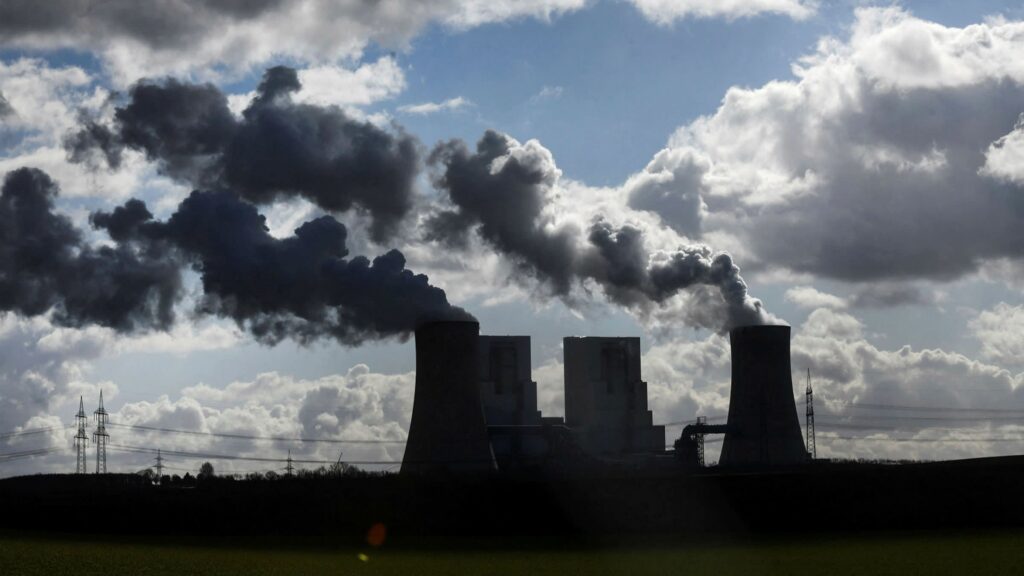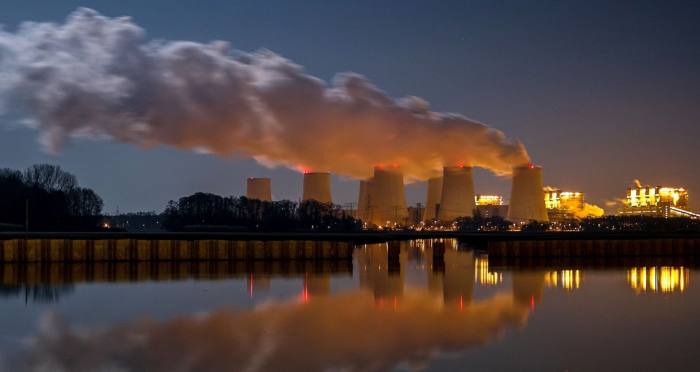Brussels offers financial cushion to get support for climate plan

Brussels wants to allow industry in the EU to maintain free carbon credits for more than a decade and offer potentially billions of euros of financial aid to poorer households in a bid to win support for its effort to limit global warming.
According to leaked documents seen by the Financial Times, the European Commission on Wednesday will offer measures to help cushion the initial impact on households and parts of European industry as the bloc embarks on a goal of cutting emissions by 55 per cent by 2030, compared to 1990 levels.
The measures are designed to ensure the EU can become the world’s first big bloc to reduce its carbon emissions to net zero by 2050 in an attempt to curb climate change.
The centrepiece of its plans is a revamp of the EU carbon market, known as the Emissions Trading Scheme (ETS), where heavily polluting industries such as steel, cement and power pay a direct cost for their carbon emissions.
The leaked draft text, due to be finalised and published on Wednesday, says sectors covered by the scheme will be given a 10-year glide path in phasing out the free carbon credits that help to mitigate the cost of polluting. Brussels has said allowances for these industries will be gradually reduced to zero by 2035, while a carbon border adjustment mechanism (CBAM) or levy that targets imports from outside the bloc in the same sectors is gradually introduced.
Parts of European industry have demanded the free allowances be kept for as long as possible since the cost of polluting under the ETS has risen to a record of more than €53 a tonne this year.
The draft text says these concessions will fall from 100 per cent to 90 per cent in 2026 — the first year of the mechanism — before being reduced by a tenth each subsequent year “to reach 0 per cent by the tenth year”.
In another bid to minimise the backlash against the rising cost of carbon emissions envisaged under the reforms, the commission wants to use a fifth of new revenues from its carbon market to help the bloc’s governments alleviate energy poverty among its most affected citizens.
The money will come from a new and smaller ETS that will be set up to cover the transport and building sectors from 2026. It could raise tens of millions of euros, according to officials.
Central and eastern EU member states have warned against expanding the EU’s market-based carbon pricing in this way, arguing it will have a disproportionate effect on households in those states that rely on cheaper fossil fuel-sourced forms of heating and transport.
Countries including France and Italy have also voiced concerns, fearing a rerun of the Gilets Jaunes protests against rising petrol prices that hit France in 2018, some diplomats have said.
The draft document says the EU will set up a Climate Action Social Facility made up of “amounts corresponding to 20 per cent of the expected revenue from new emissions trading in the period 2026-2032”. This money would be used to co-finance national governments’ plans to address energy poverty.
“This will be the first time we will have substantive programmes to address energy poverty,” said an EU official.
Brussels is banking on the measures to help convince governments and some MEPs to approve a blockbuster package of green reforms that will consist of 13 policy measures. The commission’s proposals will need to win the backing of a qualified majority of member states and the European Parliament in order to come into force — which could take years.
The commission will also table measures to toughen emissions standards for cars, impose a carbon tax on aviation, and raise renewable energy targets over the next three decades.
Climate Capital

Where climate change meets business, markets and politics. Explore the FT’s coverage here.
Are you curious about the FT’s environmental sustainability commitments? Find out more about our science-based targets here